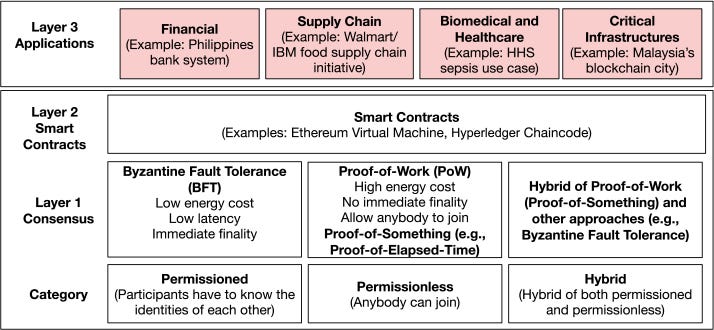TL;DR: Kowalski v0.5.0 brings deep refactoring, modular architecture, multi-agent orchestration, and robust docs across submodules. If you care about Rust, AI agents, and extensible tooling, now’s the time to jump in and build together!
A Deep Dive into v0.5.0
Since v0.2.0, the Kowalski ecosystem has undergone:
Massive refactoring of core abstractions and crate structure:
The kowalski-core, kowalski-tools, and agent-specific crates (academic, code, data, web) have each been reorganized into clean, self-contained modules with dedicatedREADME.mdfiles, detailing usage, examples, and extension points github.com.New federation layer for multi-agent orchestration:
The emerging kowalski-federation crate introduces a flexible registry and task-passing layers, enabling future multi-agent workflows and scalable core collaboration.Improved CLI & agent-specific binaries:
Each agent—academic, code, data, web—comes with its own improved CLI and documentation. The kowalski-clinow supports seamless interaction across all binaries, with better streaming, configurable prompts, and embedded tool sets.Enhanced pluggable tools:
The kowalski-tools crate now offers more granular support for CSV analysis, multi-language code analysis (Rust, Python, Java), web scraping, PDF/document parsing, and dynamic prompt strategies—each documented in submoduleREADME.mdfiles github.com.Rust API stability:
The core API, based on theBaseAgent, now supports typed configs, async multi-tool support, and more robust error handling, making embedding into larger Rust stacks smoother and more reliable.
Why Kowalski v0.5.0 Matters
Rust lovers and AI developers, here’s why this release stands out:
Full-stack Rust agentic workflows
With zero Python dependencies, Kowalski compiles into performant, standalone binaries. Whether launching kowalski-code-agent for code reviews or embedding agents via the Rust API, you’re operating at native speed.
Modular by design
Each submodule is self-documented and self-contained, lowering the barrier for new contributors. Want to create a PDFPresentationAgent or integrate telemetry? Just read the README in the existing agent templates and go.
Streamlined CLI experience
The unified CLI gives consistent interfaces across agents. Under the hood, agents share core abstractions, so switching from data analysis to web scraping is seamless.
Future-proof federation support
The new federation crate opens the door to lightweight orchestrated, multi-agent workflows—think pipeline automations, task delegation, and agent-to-agent communication.
Get Involved: Let’s Shape Agentic Rust Together
Here’s how you can partner with the project:
Extend the toolset: add new agents (e.g.,
document-summaries,intent-classification), implement new tools, or polish existing ones.Improve federation workflows: help standardize protocols, design multi-agent orchestration logic, data passing, and telemetry.
Embed Kowalski in Rust services: build bots, backend services, UI apps that leverage Kowalski agents for intelligent behavior.
Document and promote: each submodule already includes README files—help expand examples, write blog posts, or record demos.
Contribute core enhancements: testing, error handling, performance improvements in the
coreortoolscrates.
Start Using v0.5.0 Today
Clone the repo:
Browse submodules & READMEs: Each agent and tool lives in its own folder with clear instructions.
Build & run:
Run agents:
Embed in Rust:
Let’s Connect & Collaborate
If you’re as passionate about Agentic AI and Rust as I am, let’s talk 🚀. Whether you’d like to:
Build new agents or tool integrations,
Architect fully orchestrated agent systems,
Demo Kowalski in your workflows,
Co-author articles or demos in the Rust+AI space—
Reach out via GitHub issues, PRs, or drop me a message to get started.






